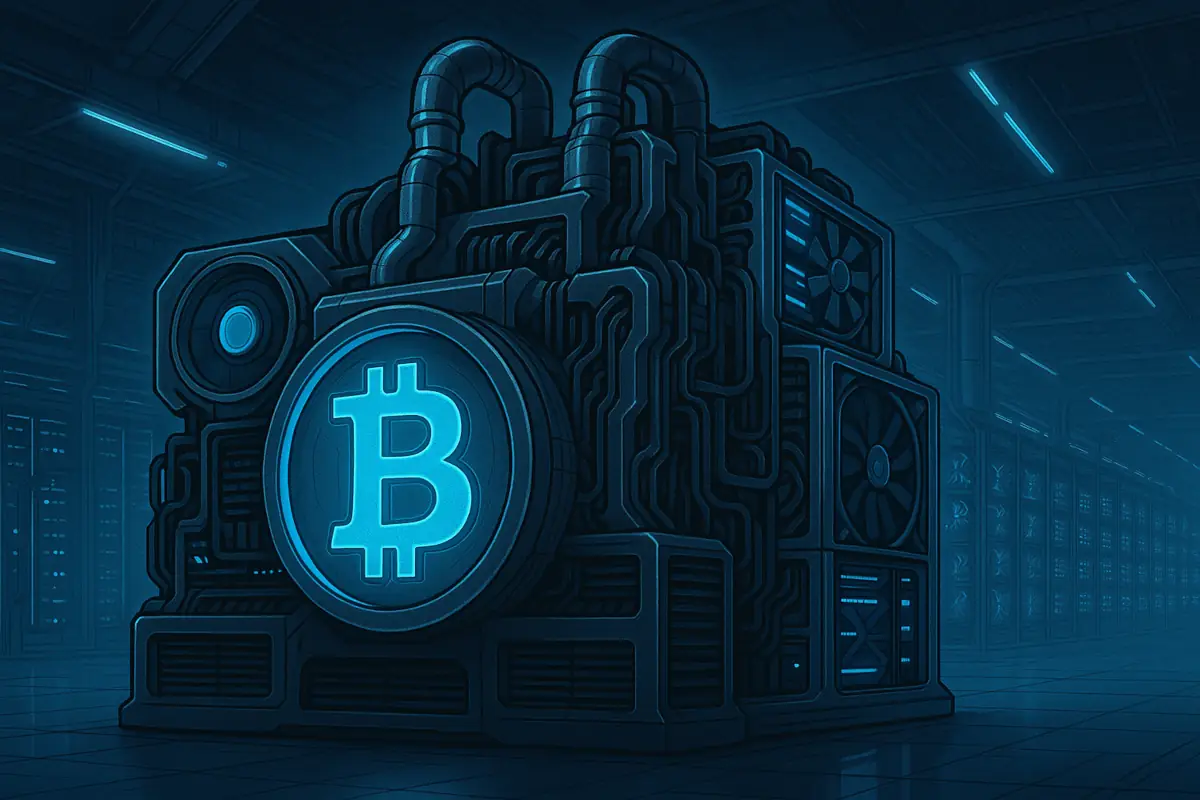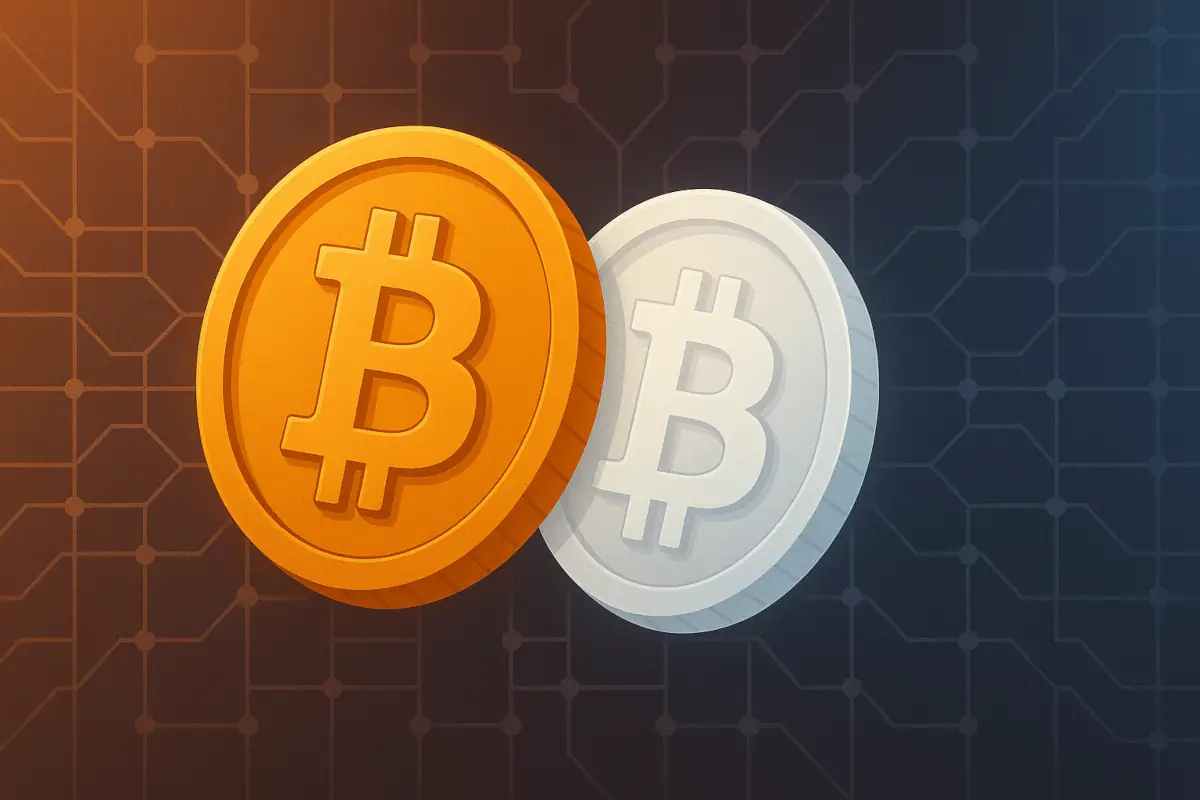Bitcoin mining in 2025 has become far removed from the simple software-based hobby it once was. Individuals using personal devices face major challenges in keeping up with the network’s increasing difficulty.
Rapid advancements in specialized mining hardware, surging electricity costs, and fierce global competition have changed the playing field completely. Industrial-scale operations now dominate, leaving very little room for small-scale participants hoping to earn rewards with laptops or gaming PCs.
Table of Contents
How Bitcoin Mining Works?
Bitcoin mining involves validating transactions and adding them to the blockchain by solving cryptographic problems. Miners are rewarded with new coins, but the system adjusts its difficulty about every two weeks to keep block times near ten minutes. As more miners join and hardware improves, the difficulty increases.
In the early days, people used standard CPUs. Later, GPUs became common, followed by ASICs – machines built specifically for mining. These changes made older methods mostly obsolete. Today, only the most powerful and energy-efficient machines are competitive.
While personal computers can still run mining software, their output is minimal. Even high-end GPUs like the RTX 4090 can’t compete with ASICs, especially when factoring in electricity costs. For most home users, mining isn’t worth it.
Why Small Miners Still Struggle
Profit margins for individual miners have been shrinking for years, but 2025 represents a clear turning point. The difficulty level has risen so much that most household devices can no longer generate enough hash power to compete. Electricity is the biggest limiting factor. For example, mining one Bitcoin in Western Europe can now cost over $20,000 due to high energy prices, while in Iran, it might cost only $1,324 thanks to energy subsidies.
Some compact mining devices like the Avalon Nano 3S have emerged, consuming around 140 watts and being more energy-efficient. But even these struggle to compete with the industrial-grade ASICs. Their hash rates are too low to make much of a difference unless the cost of electricity is exceptionally low or Bitcoin prices spike dramatically.
Wear and tear is another concern. Running mining software continuously stresses computer components, especially GPUs. Repairs and replacements add to the already slim chances of profitability, particularly for those paying standard residential electricity rates. Some users may earn small amounts, but the long-term payoff rarely justifies the effort or cost.
Other Ways to Stay Involved in Mining
Some home users have started focusing on mining alternative cryptocurrencies. Coins such as Monero, Ravencoin, Zcash, and Vertcoin are more accessible to those without ASICs. These altcoins use algorithms designed to resist specialized hardware and can still be mined with consumer CPUs or GPUs.
Monero uses RandomX, a system optimized for CPU mining. This allows people with mid-range setups and low energy costs to earn modest but consistent rewards. Still, users should stay informed, as privacy-focused coins like Monero sometimes face regulatory scrutiny. Exchanging them for fiat currency may not always be straightforward.
Read also: EU’s New AML Regulations: The End of Privacy Coins by 2027?
Zcash uses Equihash, allowing GPU mining. Vertcoin and Ravencoin are designed specifically to resist ASIC mining. These options offer better opportunities for small miners compared to Bitcoin, especially in places with affordable electricity. The returns are smaller than Bitcoin but potentially more consistent for those with average hardware.
Another route is joining a mining pool. In a pool, users combine their computing power with others and share rewards based on contributions. This improves the chances of earning regular payouts and reduces the wait time between rewards. However, the earnings from home devices are still small, and pool fees – typically 1 to 3 percent – further reduce the net gain.
The Hardware Gap Continues to Widen
The gap between industrial and home mining setups has continued to expand in 2025. ASICs deliver hash rates far beyond what any GPU can reach, often using less power to do so. A household using even the best consumer graphics card will fall short in speed and efficiency. On top of that, ASICs have become cheaper per unit of hash power as more manufacturers enter the market and competition among them increases.
Meanwhile, personal devices are being pushed beyond their intended workloads. Extended mining can overheat components, cause hardware failure, or shorten their usable life. The cost of replacing or upgrading consumer devices can outweigh any potential gains from mining.
A few niche miners do still report small profits with ultra-low power ASICs and extremely low electricity rates. These are the exceptions rather than the rule. Without access to subsidized power or specialized hardware, the numbers rarely add up for individuals.
The Outlook for Casual Miners
Bitcoin mining at home in 2025 is more about hobby participation than profit. The economics have tilted so far toward industrial miners that personal setups now represent a tiny fraction of the total network power. For most people, mining Bitcoin solo is no longer a practical way to earn money.
Those still interested in mining can consider lower-difficulty coins, pool mining, or supporting the ecosystem in other ways. The field continues to evolve, and while personal mining no longer offers big rewards, the curiosity and learning involved still attract some hobbyists.




